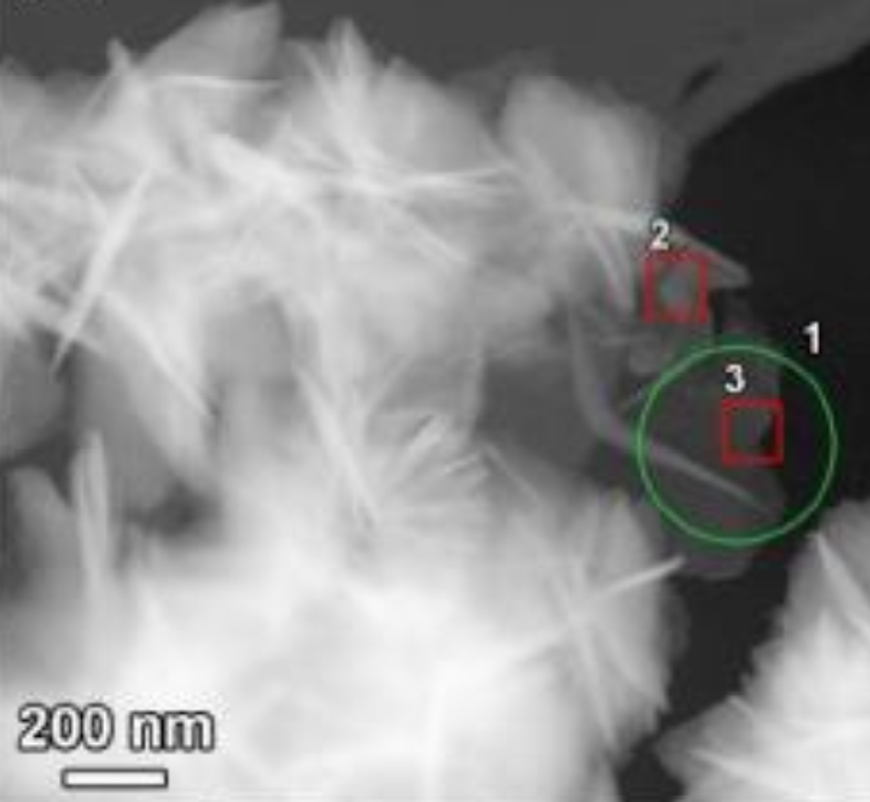Unprecedented and highly stable lithium storage capacity of (001) faceted nanosheet-constructed hierarchically porous TiO2/rGOhybrid architecture for high performance Li ions battery
New Publication in “National Science Review”
2020/02/20

Authors: Wen-Bei Yu, Zhi-Yi Hu, Jun Jin, Min, Yan, Min Yi, Yu Li, Hong-En Wang, Huan-Xin Gao, Tawfique Hasan, Bai-Xiang Xu, Dong-Liang Peng, Gustaaf Van Tendeloo, Li-Qiang Mai, and Bao-Lia Su
Active crystal facets can generate special properties for various applications. Herein, we demonstrate that (001) faceted nanosheet-constructed hierarchically porous TiO2/rGO hybrid architecture with unprecedented and highly stable lithium storage performance. The DFT calculations evidence that the (001) faceted TiO2 nanosheets enable enhanced reaction kinetics by reinforcing their contact with the electrolyte and shortening the path length of Li+ diffusion and insertion-extraction. The reduced graphene oxide (rGO) nanosheets in this TiO2/rGO hybrid largely improve the charge transport while the porous hierarchy at different length scales favors continuous electrolyte permeation and accommodates volume change. This hierarchically porous TiO2/rGO hybrid anode material demonstrates an excellent reversible capacity of 250 mAh g–1 at 1 C (1 C = 335 mA g–1) at a voltage window of 1.0–3.0 V. Even after 1000 cycles at 5 C and 500 cycles at 10C, the anode retains an exceptional and stable capacity of 176 and 160 mAh g–1, respectively. Moreover, the formed Li2Ti2O4 nanodots facilitate the reversed Li+ insertion-extraction during the cycling process. The above results are the best performance never reported in the literature using TiO2-based materials as anode for lithium-ion batteries.



